
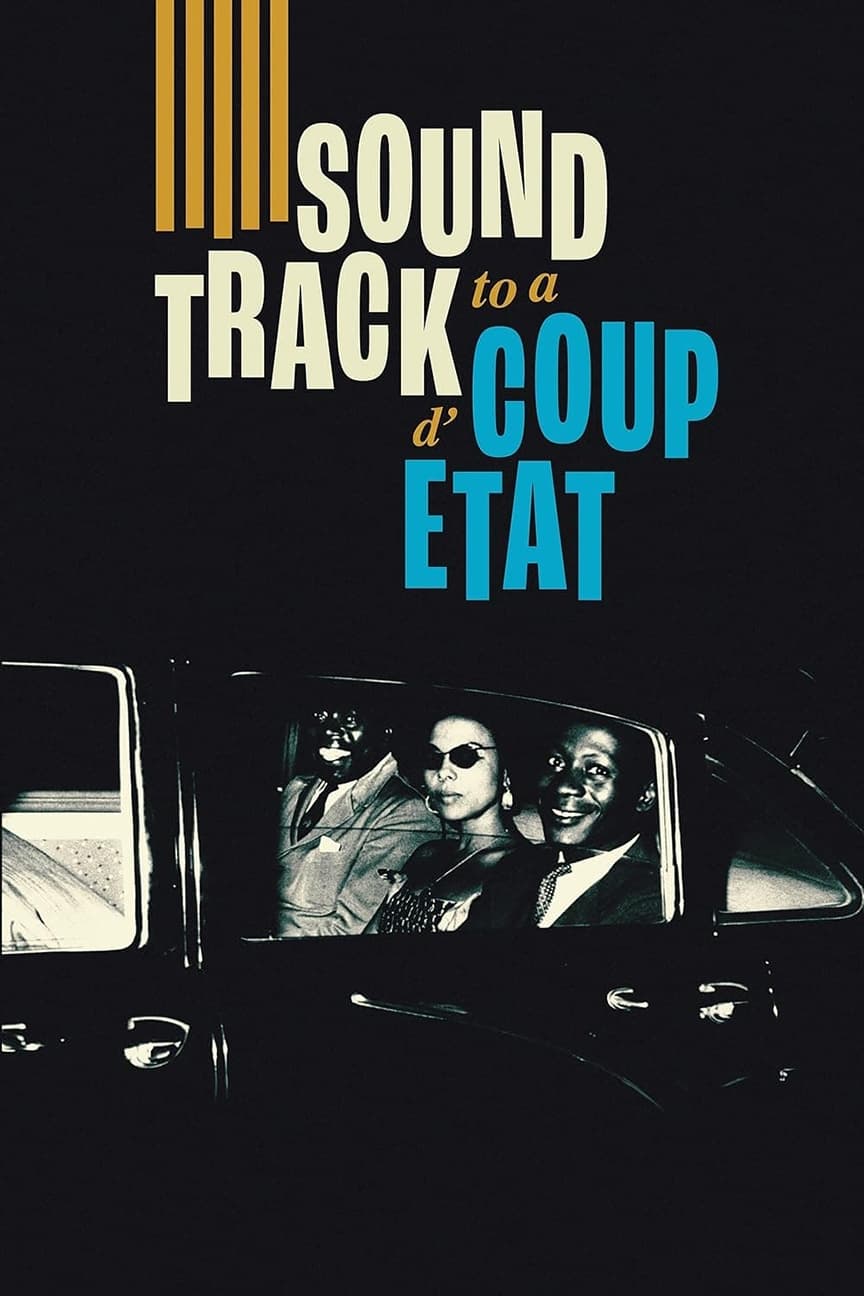
Jazz and decolonization are intertwined in a powerful narrative that recounts one of the tensest episodes of the Cold War. In 1960, the UN became the stage for a political earthquake as the struggle for independence in the Congo put the world on high alert. The newly independent nation faced its first coup d'état, orchestrated by Western forces and Belgium, which were reluctant to relinquish control over their resource-rich former colony. The US tried to divert attention by sending jazz ambassador Louis Armstrong to the African continent. In 1961, Congolese leader Patrice Lumumba was brutally assassinated, silencing a key voice in the fight against colonialism; his death was facilitated by Belgian and CIA operatives. Musicians Abbey Lincoln and Max Roach took action, denouncing imperialism and structural racism. Soviet Premier Nikita Khrushchev intensified his criticism of the US, highlighting the racial barriers that characterized American society.

My Way is more than a song, it's a major score that has crossed the boundaries of eras and generations. An anthem that has become a part of ourselves and of music history. My Way is one of the most covered songs in the world, from Sid Vicious to Tom Jones, from Nina Simone to Pavarotti. Yet many people are unaware that it was conceived in France, by the pool of Claude François' private hotel, in the summer of 1967, and that a succession of chance encounters and sleepless nights guided it across the Atlantic to the man who was to make it a legend. Like a biopic, this documentary recounts the birth of a myth and how a song entered the pantheon of pop culture.
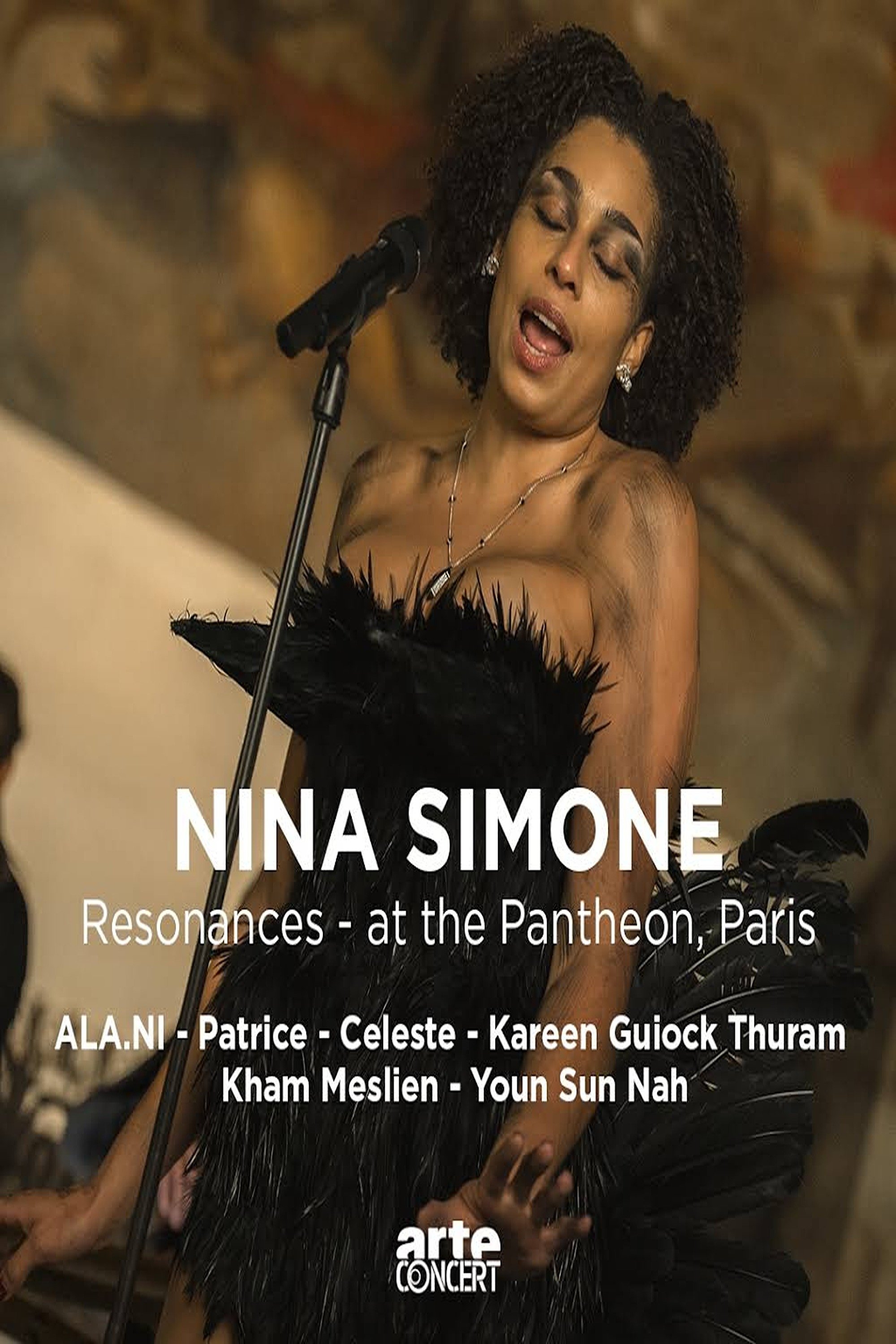
ALA.NI, Patrice, Celeste, Kareen Guiock Thuram, Kham Meslien and Youn Sun Nah celebrate the legacy of Nina Simone at the Pantheon in Paris. Six artists, six emotional perspectives on the work of this timeless artist.
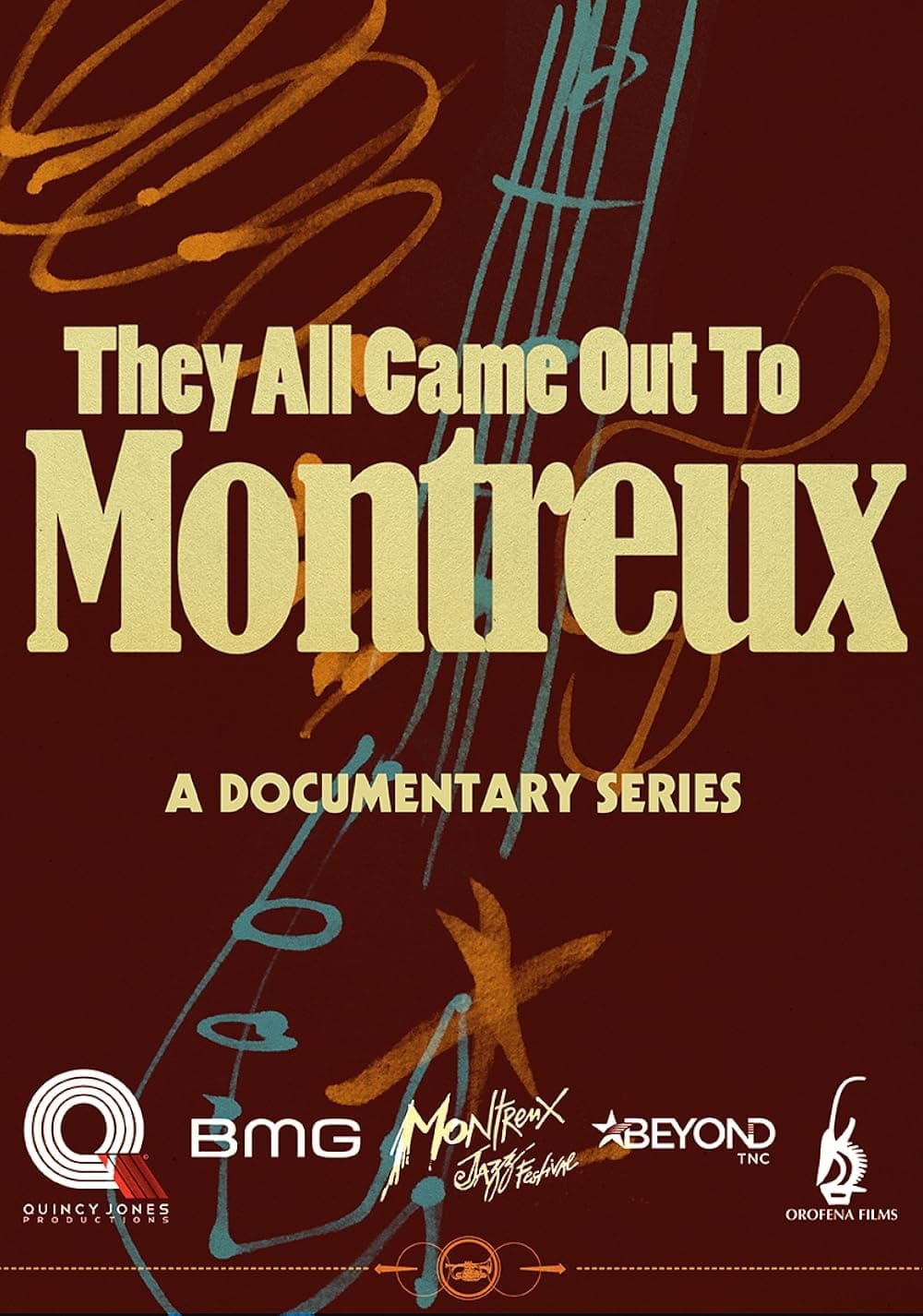
Utilizing a wealth of archival footage featuring Prince, Aretha Franklin, Miles Davis and more, They All Came Out to Montreux is an affectionate story about how Claude Nobs turned his Swiss town into the home for one of the world’s biggest jazz festivals.

The story focuses on Newark's Baraka family and its involvement in social activism, poetry, music, art and politics.
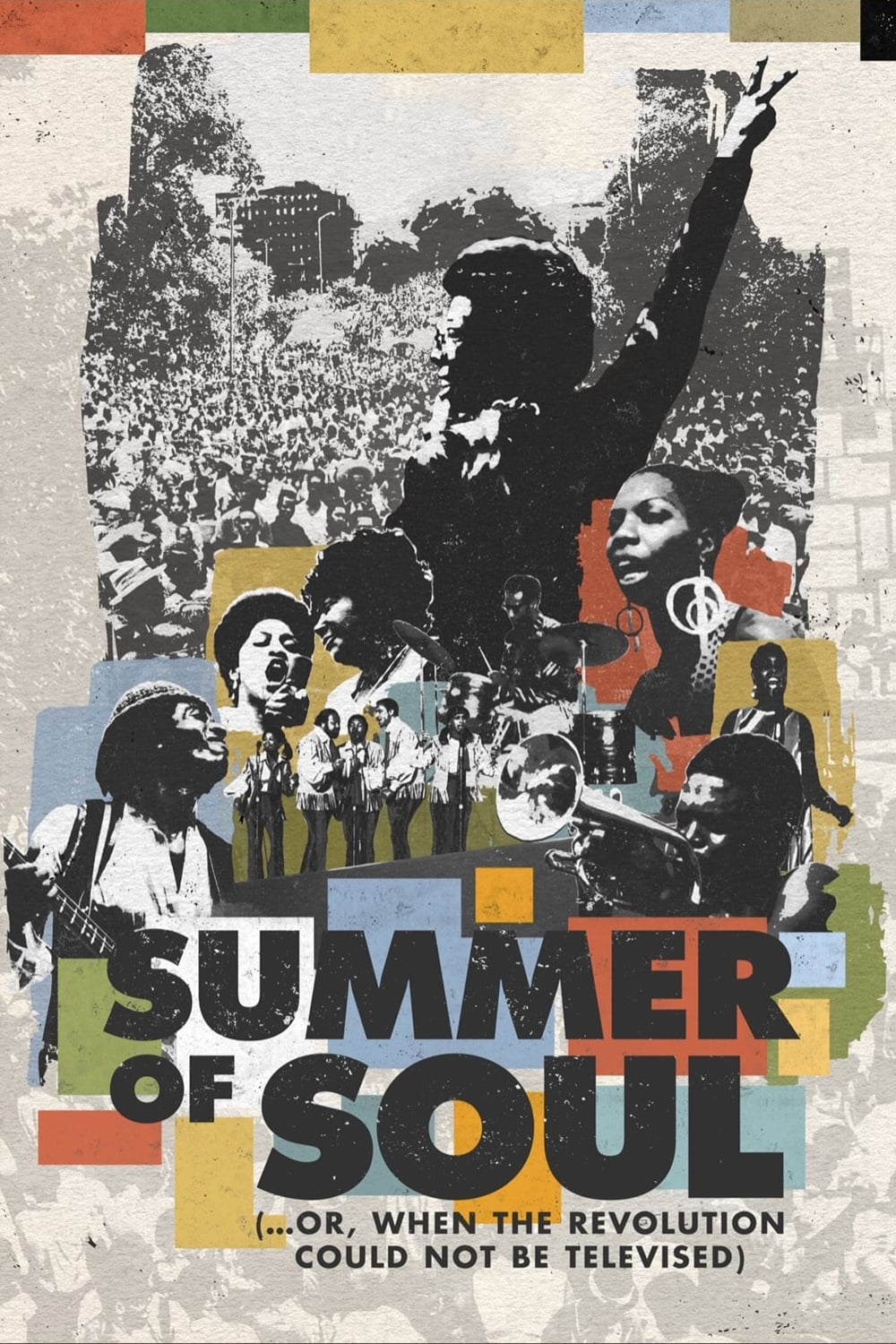
During the same summer as Woodstock, over 300,000 people attended the Harlem Cultural Festival, celebrating African American music and culture, and promoting Black pride and unity. The footage from the festival sat in a basement, unseen for over 50 years, keeping this incredible event in America's history lost — until now.
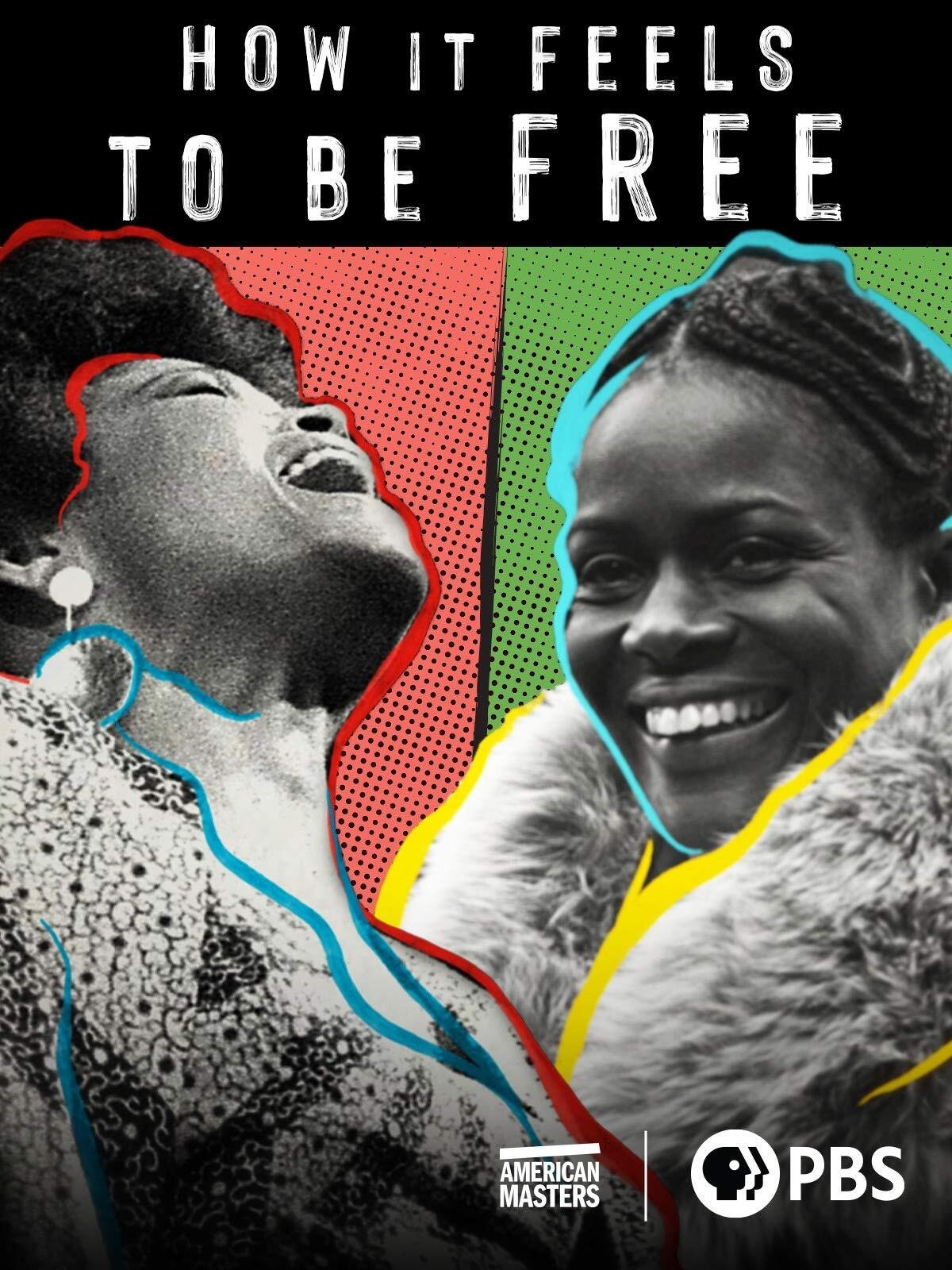
Tells the inspiring story of how six iconic African American female entertainers – Lena Horne, Abbey Lincoln, Nina Simone, Diahann Carroll, Cicely Tyson and Pam Grier – challenged an entertainment industry deeply complicit in perpetuating racist stereotypes, and transformed themselves and their audiences in the process.
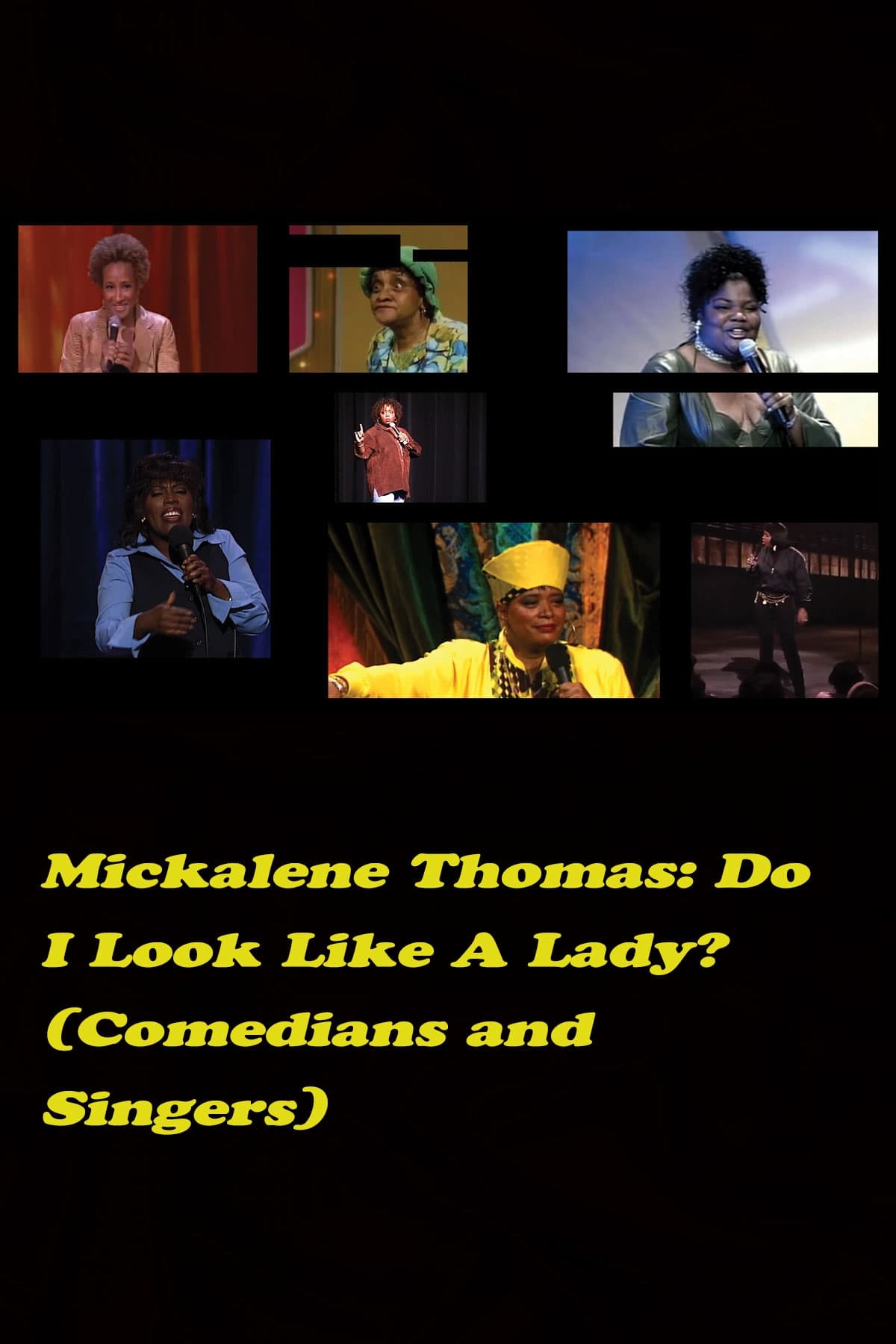
Do I Look Like a Lady? (Comedians and Singers) presents a dynamic checkerboard of moving image footage featuring African-American actors and singers from across the 20th century: from Jackie “Moms” Mabley to Eartha Kitt, Whoopi Goldberg, Whitney Houston, and several others. The video focuses on their individual voices as they express heartbreaking roles, pointed lyrics, sharp jokes, and strong statements of resistance to the dominant culture. The work is a powerful, and often riotous, reflection on the roles of black women in the United States.

The life, legacy and musical accomplishments of singer, musician, pianist, songwriter and Civil Rights activist, Nina Simone through interviews with over 50 of the subject’s friends, family, band members, lovers and fellow activists. The film has been called the best of the three Nina Simone films by The New Yorker Magazine.
Nina Simone (February 21, 1933 – April 21, 2003) was an American singer, songwriter, pianist, arranger, and civil rights activist who worked in a broad range of musical styles including classical, jazz, blues, folk, R&B, gospel, and pop. Wikipedia
By browsing this website, you accept our cookies policy.